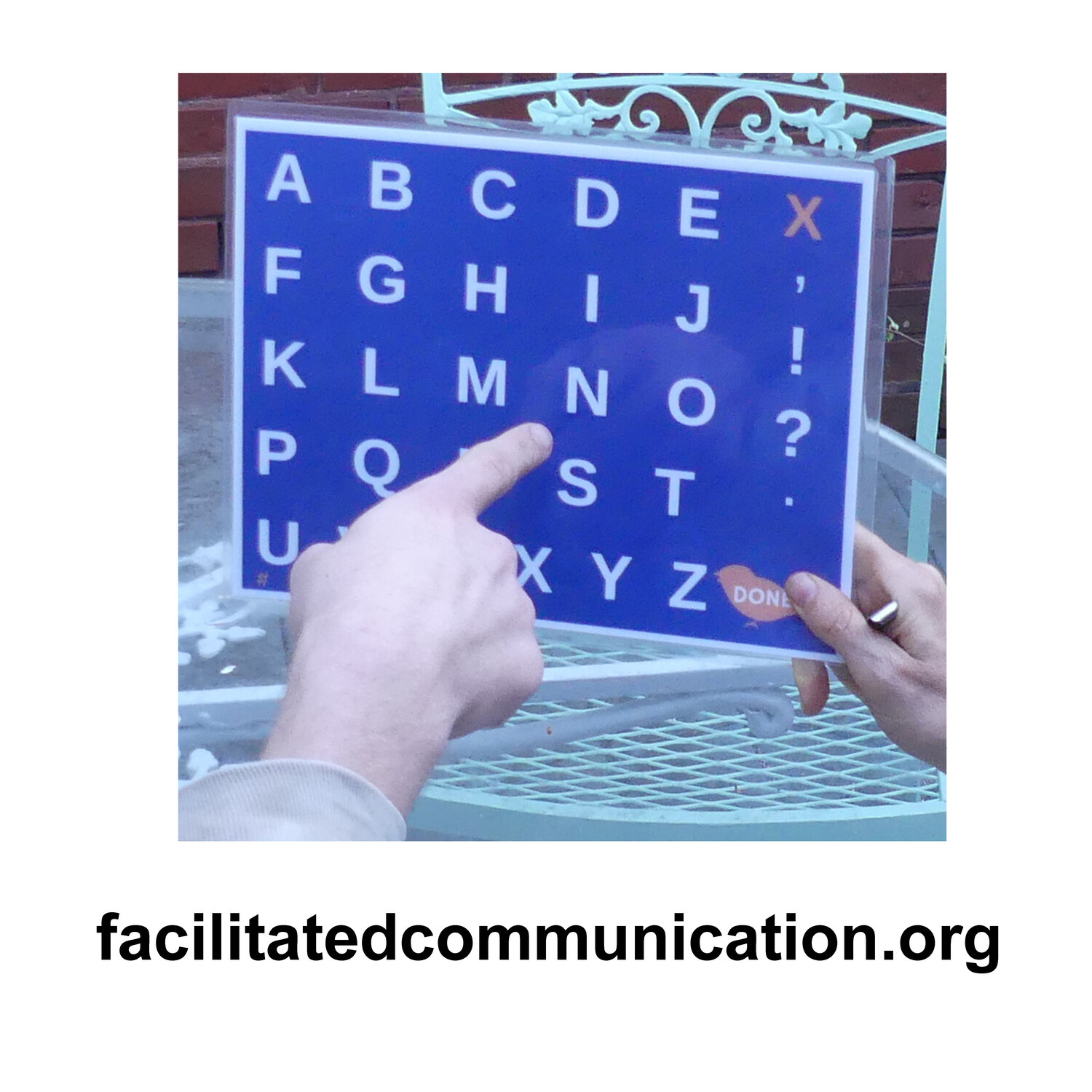Who dares to publicly change their mind?
In an earlier post, we have marveled at why some experts fall for FC.
Part of the answer is that, over the long term, the cues that guide messages become ever more subtle—so subtle that it can appear to all but the most skeptical observers that facilitated individuals have achieved communicative independence.
This apparent independence has convinced several eminent autism experts and other communication specialists that FC has some validity, at least for some people. Among those who have been convinced are AAC experts David Beukelman and Pat Mirenda. In the first three editions of their book, Augmentative and Alternative Communication, they write:
[I]n regard to a small group of people around the world who began communicating through FC (facilitated communication) and are now able to type either independently or with minimal, hand-on-shoulder support… there can be no doubt that, for them, (facilitated communication) ‘worked,’ in that it opened the door to communication for the first time…. For them, the controversy has ended.
(Beukelman & Mirenda 1998, p.327; Beukelman & Mirenda 2005, p.326).
So significant did FC-proponents find this quote that Douglas Biklen cites it in his 2005 book Autism and the Myth of the Person Alone and least two pro-FC organizations include it on their websites: Syracuse University’s Center for Disability and Inclusion and the Nancy Lurie Marks Foundation.
But in later editions of their book Beukelman & Mirenda eliminate all references to FC. As Mirenda writes in a 2013 article in Evidence-Based Communication Assessment and Intervention:
I came to recognize (painfully, to be honest) that my advocacy stance biased me to interpret what I saw on videotapes as independent typing even though other explanations were more plausible (e.g., subtle prompting, resulting in an ideomotor effect), and that, even if independent typing did occur subsequent to FC exposure, only correlational—but definitely not causal—evidence exists with regard to its relationship to FC. In short, I do not endorse FC as a communication or instructional technique, and I do not support its use.
(p. 107).
Unfortunately, neither the Center for Disability and Inclusion nor the Nancy Lurie Marks foundations have updated their websites to reflect this.
Among autism and disability experts, Mirenda is, as far as I am aware, unique in publicly changing her mind about FC. As such, she shares a unique distinction with our very own Janyce Boynton, the only former facilitator to have published public statements against FC.
Wouldn’t it be nice if others would follow in their footsteps?


